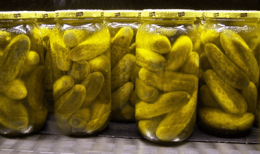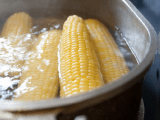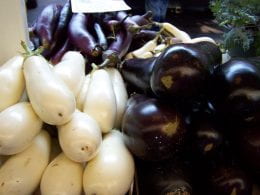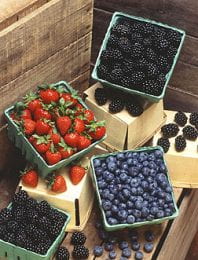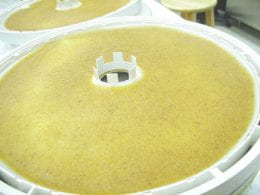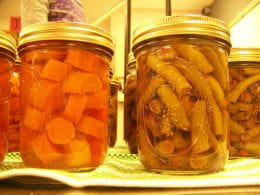
Home canning has two methods to pack food into jars. For a majority of foods, the hot pack method is used to fill the jars with food and liquid.
Many fresh foods naturally contain air, from 10 to 30 percent. How much air is removed before jars are sealed can affect the quality of the food during storage. The hot pack method preheats the food in the liquid to be used when filling the jars. The food and liquid are brought to a boil for two to five minutes. This allows the food tissue to release air, the food shrinks a little, helps keep the food from floating inside the jars, improves the vacuum seal on the jars and improves shelf life. More food can fit into the jars. The food color and flavor during storage in enhanced.
The raw pack method is used for certain foods, not all foods. Prepared food is not preheated, but the liquid must be hot. Fill jars tightly with food, then pour hot liquid into the jars. Raw packed foods tend to float more because air is still inside the food. The food may discolor during storage.
How do you know which method to use? Tested recipes from reliable recipe resources will guide you as to which method to use. In some cases, both are options, in other cases, only one option is given. Follow these recipes for the best results.
Source: National Center for Home Food Preservation

